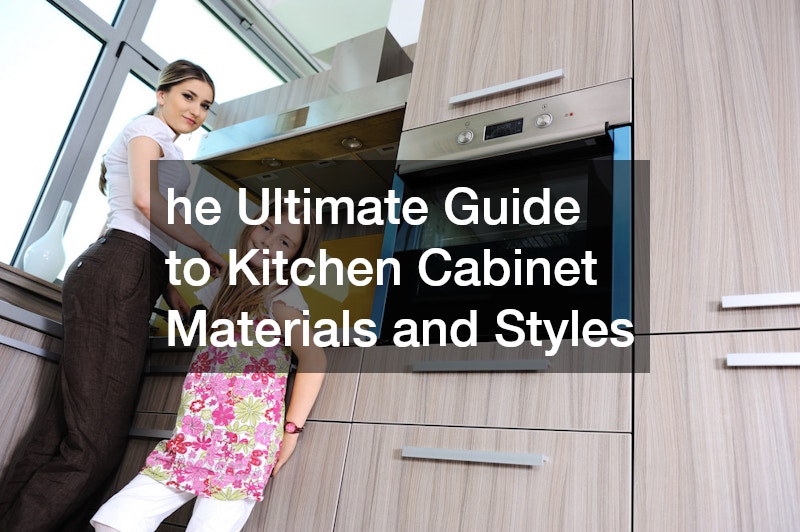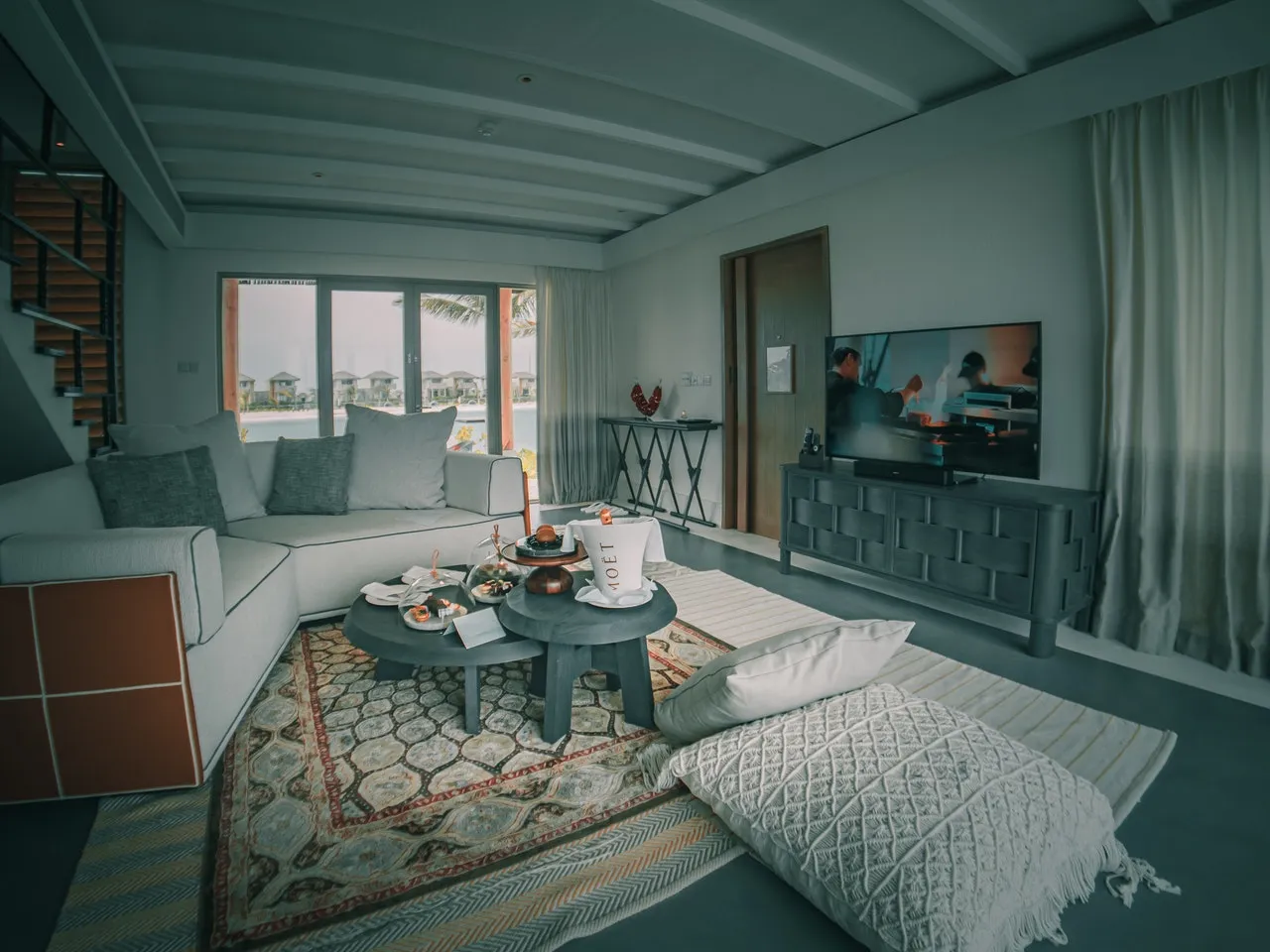In this comprehensive guide, we will explore the key aspects of choosing the perfect materials and styles for kitchen cabinets. Understanding the options available can transform your kitchen into both a functional and aesthetic space. With a myriad of choices in the market, selecting the right cabinets can enhance the entire kitchen experience.
Solid Wood Cabinets
Solid wood cabinets have a timeless appeal that makes them a favorite among homeowners. Options like oak, cherry, and maple not only offer durability but also contribute to the kitchen’s warmth. Moreover, solid wood cabinets can be refinished over time, allowing them to retain their beauty for decades.
The natural grain patterns in solid wood add a unique character to each kitchen. Homeowners often prefer solid wood for its robustness and the value it can add to a home. However, solid wood cabinets are typically more expensive, reflecting their quality and longevity.
Plywood Cabinets
Plywood cabinets are a cost-effective alternative to solid wood, offering remarkable strength and stability. Unlike particle board, plywood is made by layering thin sheets of wood veneer, which provides structural integrity. This layered construction makes plywood resistant to warping and shrinking.
With its balance of affordability and durability, plywood is an appealing choice for many kitchen renovations. It can be veneered with high-quality woods to mimic the look of solid wood at a fraction of the price. Furthermore, plywood is lighter than solid wood, which can be an advantage in certain installations.
MDF and Particle Board Cabinets
MDF (Medium-Density Fiberboard) and particle board cabinets are popular for those seeking budget-friendly options. MDF consists of wood fibers combined with resin, resulting in a dense and smooth surface. Particle board is composed of wood chips and sawdust bonded with adhesive, which makes it the most economical choice.
Both MDF and particle board offer certain advantages, such as affordability and ease of installation. They can be easily painted or laminated to achieve a desired finish, providing aesthetic flexibility. However, both materials are less resistant to moisture compared to solid wood and plywood.
Modern Kitchen Cabinets
Modern kitchen cabinets feature sleek lines and minimalist finishes, appealing to those with a taste for contemporary design. This style often incorporates flat surfaces and lacks ornamentation, focusing instead on clean and functional layouts. Materials such as high-gloss acrylic and glass are frequently used.
The emphasis in modern kitchens is on efficiency and simplicity, with an eye for integrating state-of-the-art technology. Hidden handles and frameless construction are common, maintaining a streamlined appearance. The modern style celebrates innovation, often embracing bold colors and unique materials.
Traditional Kitchen Cabinets
Traditional kitchen cabinets are characterized by their decorative details and classic appeal. This style often features raised panels, ornate moldings, and rich finishes, conveying an air of elegance and warmth. Traditional designs utilize materials such as cherry or walnut to emphasize luxury.
Despite the rise of modern trends, traditional cabinets have remained a staple due to their timelessness. They cater to a sense of nostalgia and familiarity, often drawing on historical influences and craftsmanship. Intricate craftsmanship is a hallmark, celebrating the beauty of woodworking art.
Transitional Kitchen Cabinets
Transitional kitchen cabinets merge the best of modern and traditional elements, appealing to a broad range of tastes. This style aims to balance the warmth of traditional designs with the clean lines of modern aesthetics. By combining these elements, transitional cabinets offer a versatile and enduring look.
The key to transitional design is its flexibility, which allows for personalized touches. It can include a mix of natural and manufactured materials, such as wood combined with glass or metal. Neutral color palettes are common, providing a soothing backdrop that accommodates a variety of decorative accents.
Assessing Your Budget
Your budget plays a crucial role in deciding which kitchen cabinet materials and styles are feasible. High-end materials like solid wood or custom cabinetry come at a premium but offer longevity and aesthetic value. Conversely, budget-friendly options like MDF or particle board allow for style flexibility within financial constraints.
Understanding the cost implications of each material can help prioritize where to allocate spending. Investing in quality materials for high-use areas may provide better returns over time. Proper budgeting ensures that design visions align realistically with financial feasibility.
Matching Aesthetic Preferences
Matching cabinet styles to your kitchen’s overall aesthetic is integral to achieving a cohesive look. Consider how the design elements of the cabinets will interact with countertops, backsplashes, and flooring. Harmonious integration enhances the kitchen’s appearance, making the space more inviting.
The key to a successful kitchen remodel lies in understanding the diverse material and style options available. Carefully considering factors like aesthetics and maintenance will help achieve a cohesive and enduring design. By doing so, you can enjoy a kitchen that combines both form and function for years to come.
With careful planning and consideration, you can transform your kitchen into a space that reflects your tastes and enhances your home’s value. The result is a functional, visually appealing environment where culinary and social activities thrive. This guide serves as a resource for achieving a kitchen that meets your needs and exceeds your expectations.



